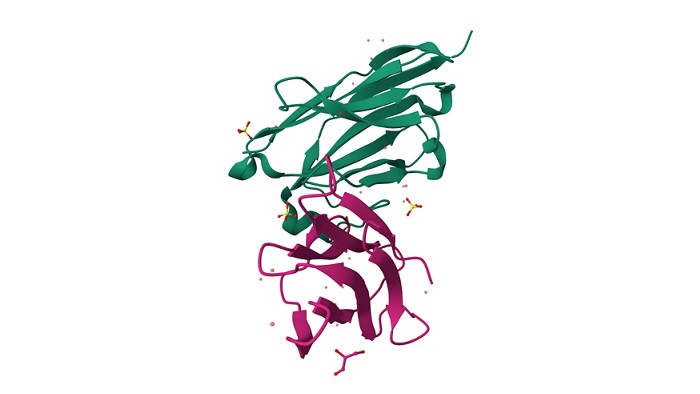In a recent paper in ACS Central Science, researchers report a strategy for targeting covalent modifications to specific sites on proteins. The modifier molecules use an antibody to target a protein and bring a weak covalent ligand close enough to react with primary amines, which can be found in unmodified lysines or at a protein’s N terminus (2025, DOI: 10.1021/acscentsci.5c00651).
Oded Rimon, the study’s first author, says that when he started trying to use antibodies to target covalent modifiers, colleagues told him he was “unlikely to find chemistry that is weak enough to not react with everything in the cell . . . but strong enough that once there is a binding event, then it reacts.” But he found that weakly reactive fluorophenol groups could react with an amine group if he used an antibody against the protein to hold them in proximity.
Rimon and colleagues in Michele Vendruscolo’s group at the University of Cambridge used the technique to join various functional groups to the surface of green fluorescent protein and to stick the affinity tag biotin to the disease-related protein β-2-microglobulin. He thinks they may be able to add any functional group containing a carboxylic acid to a lysine.
The covalent modifiers appear to target only a single lysine residue on the surface of each protein, although exactly why this occurs is not yet clear. Rimon says he hopes the technique can be extended to edit a protein’s sequence without altering its DNA by adding amino acids to its N terminus.
